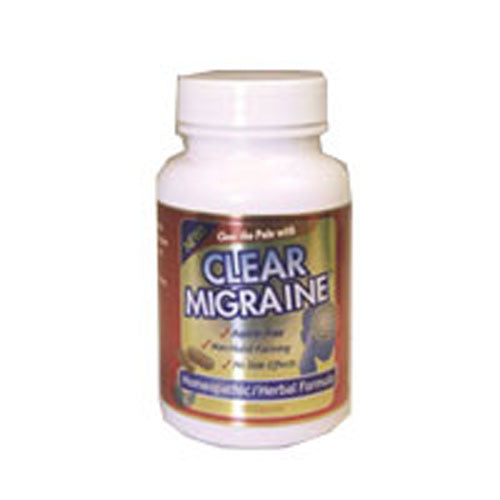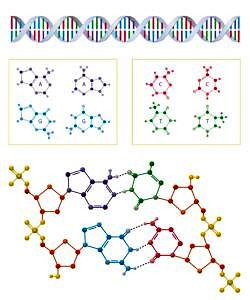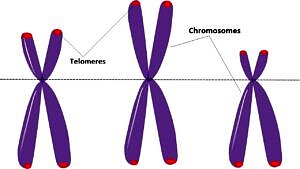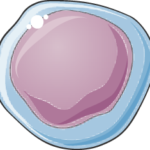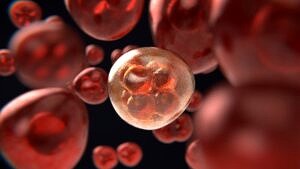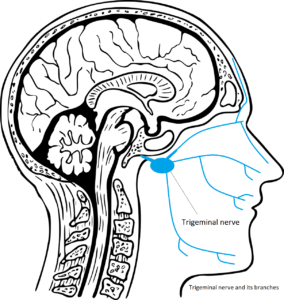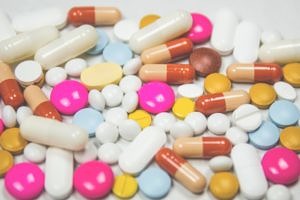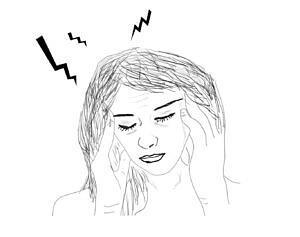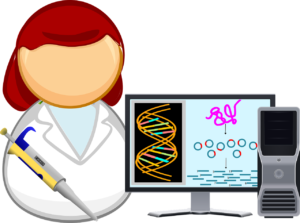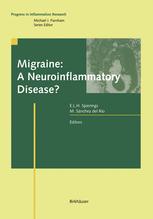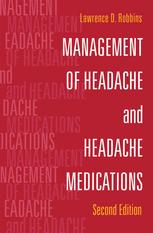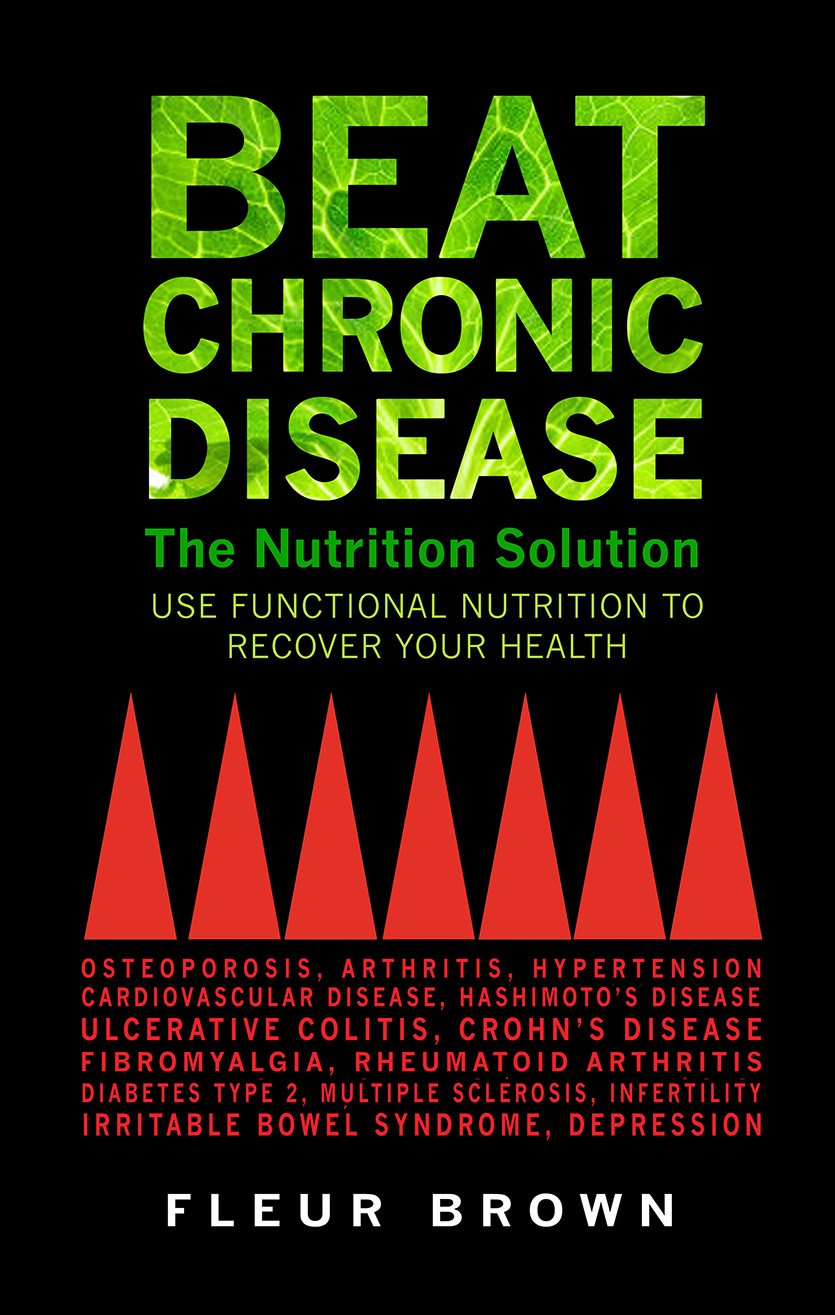The first approach to treat your migraine is usually vitamin and mineral products. Later on, you may try herbal extracts. You may also try over-the-counter painkillers. Individual vitamin or mineral products are the ideal therapy for migraine when you know exactly what your deficiency is.

Why you should take supplement combos or VMS products for the treatment of your migraine
When you just don’t know what your deficiency is, in other words what could help you to prevent or alleviate your migraine attacks, the best possible approach is often to try to tackle the problem from several different angles at once. This is where VMS (vitamins, minerals and supplements) products or supplement combos enter the game. These multivitamin packages or combos are over-the-counter products that you can purchase in several types of stores.
Supplement combos or VMS are the first and most recommended approach in many cases because risk of adverse effects is generally low, making them the first step in the treatment of migraine before going further into more serious treatment drugs such as triptans or other prescription medicines. Supplements can also be complementary to your prescription medicines if taking them proves beneficial for you. In any case it is recommended that you consult your doctor before using any type of supplements, particularly if you are already taking other medicines or suffer from other medical conditions too. You should be aware that some vitamins and other supplements may interact with other medicines you may have prescribed, or even affect other medical conditions.
There is no standardization to call these combo products according to the composition of their ingredients. Some supplement combos may contain only vitamins and or minerals whilst others may also contain a combination of herbal extracts. There are also plenty of products for those patients that prefer to try homeopathy.
For clarity and brevity, we are going to separate vitamins and minerals-only products from products that also contain some herbal extracts. CRLifeSc Insights recommends some of these products that could help you alleviate or prevent migraine symptoms. CRLifeSc Insights forms part of an affiliate marketing program.
Multivitamins and minerals (MVM) to treat your migraine
Vegan Multivitamins Tabs by Deva Vegan Vitamins
This is an ideal product for vegans and vegetarians. It contains the recommended daily quantity of the antioxidant vitamins C and E, as well as vitamin D and most of the B-complex vitamins as well as vitamin A and, some of the essential minerals such as calcium, magnesium, and zinc among others. You can take 1 tablet daily or as directed by your healthcare provider. The advantage of this product is that it does not contain potentially allergic products for migraine sufferers such as yeast, wheat, gluten, sugar, dairy, egg, shellfish, or any type of animal or derivatives.
Supplement combos or VMS products to treat your migraine
Clear Migraine Caps
This is a homeopathic and herbal extract combination product.
A product specially targeting migraineurs. Its active homeopathic ingredients include Aconite 3x, Belladonna 6x, Bryonia 6x, Cimicifuga 3x, Hypericum 3x, Iris Versicolor 6x, Kali Bichromicum 3x, Natrum Muriaticum 6x, Sanguinaria 3x, Spigellia 6x. It also has herbal extracts that include Corydalis Tuber, Angelica Sinensis Root, Ligustici Root, Peony Root, Peuraria Root, Angelica Dahurica Root, Chrysanthemum Flower, Gastrodia Tuber, Rehmannia Root, Siler Root, Ginger Root, Lycium Fruit, Tangerine Peel, Licorice Root.
If you are using anti-coagulant or anti-platelet drugs you should be careful with this combo because it may increase the risk of bleeding and bruising. Please consult your doctor or healthcare provider before taking this product.
Migraide Tabs by Boericke & Tafel
This product is classified as a natural homeopathic product and it is specifically made to treat your migraine. You place a tablet under your tongue before or after meals as indicated in the leaflet. It contains Cyclamen europaeum 3X, Cimicifuga racemosa 3X, Gelsemium sempervirens 3X, Iris versicolor 2X, Sanguinaria canadensis 2X. Lactose based tablets.
You should not use this product for more than 10 days for adults or 5 days for children. You should seek advice from your doctor before taking this product.
Sinol M Headache Nasal Spray
Sometimes it is more convenient a nasal spray. This product is often recommended by doctors to relieve your headache pain regardless of the origin. It may be a sinus headache, a cluster headache, a migraine headache, tension-type headache, or menstrual headache. No side effects have been reported; therefore, it is pretty safe. This product contains Capsicum 4X (capsaicin), Purified Water, Eucalyptus Oil, Aloe Vera Extract, Rosemary Extract, Sea Salt, Vitamin C, and Benzalkonium Chloride.
Organic Golden Ginger Digest Tea
This is an herbal tea that contains Magnesium, Potassium, Organic ginger, Organic Ginger Rhizome, and Organic German Chamomile Flower. Ginger is a perennial herb that is natural in tropical southern Asia. Ginger is common in traditional Chinese and Indian herbal tea formulas to boost a healthy digestion.
This product is used for several medical conditions. Among these conditions it is recommended for migraine symptoms helping to reduce migraine headaches and nausea and vomiting.
This supplement combo should not be used during pregnancy or lactation without consulting your healthcare provider.
Nature’s Lab Six Daily Advanced Multivitamin
Although this product is not specifically targeting migraine sufferers it contains many vitamins, minerals and herbal extracts that are often recommended to prevent and treat migraine attacks. This product contains over 90 essential nutrients, minerals, antioxidants, fermented whole foods, and herbs that include magnesium, B-complex, and CoQ10. Six Daily also contains 10X higher levels of vitamin D3 compared to most of other supplement combos in the market, which seems to be the amount necessary for ideal blood levels providing healthy bones, cellular health, and immunity. It is important to notice that this product also contains Resveratrol (common in red wine), which is a controversial ingredient as some scholars have suggested that it could prompt migraine headaches whilst others defend that it could actually mitigate menstrual migraine.
Disclaimer
The information provided in this article is not a substitute for professional medical advice, diagnosis, or treatment. You should not rely upon the content provided in this article for specific medical advice. If you have any questions or concerns, please talk to your doctor.
These statements have not been evaluated by the US FDA or EU Health Authorities and are not intended to diagnose, treat, cure, or prevent any disease.



